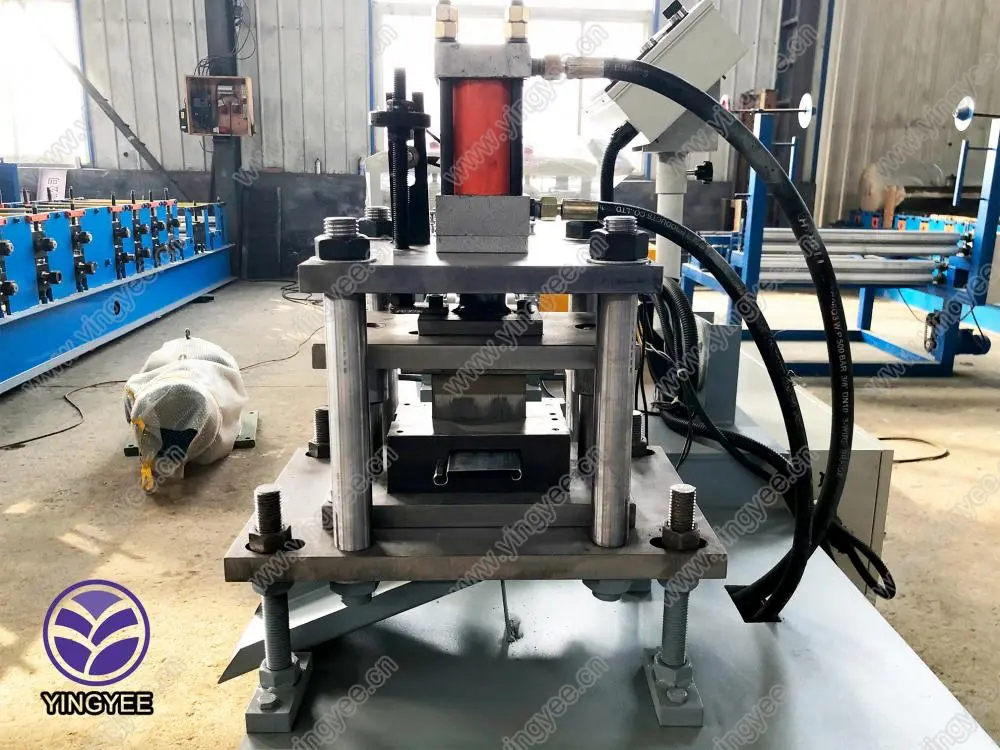
The Versatility and Importance of Stainless Steel Fender Cold Bending Machines
In the world of modern manufacturing, precision and efficiency are paramount. One of the notable advancements in this field is the stainless steel fender cold bending machine, a specialized tool that caters to various industries including automotive, marine, and construction. These machines are designed to bend stainless steel fenders with high accuracy, ensuring that the end products meet the stringent quality standards demanded by today's markets.
Understanding Cold Bending
Cold bending is a process that shapes metal at room temperature, which helps maintain the material’s integrity and prevents alteration in its properties. This is particularly important for stainless steel, a material renowned for its strength, durability, and resistance to corrosion. Stainless steel fender cold bending machines utilize advanced hydraulic and mechanical systems to achieve intricate designs and shapes in a cost-effective and efficient manner.
Cold bending processes have several advantages over hot bending. Since the metal is not heated to high temperatures, the risk of oxidation and distortion is minimized. Furthermore, cold bending often requires less energy, making it a more environmentally friendly option. Additionally, parts created through cold bending can be produced with tighter tolerances, enhancing the overall quality of the manufactured components.
Applications of Stainless Steel Fenders
Stainless steel fenders serve numerous purposes across various sectors. In the maritime industry, for example, fenders are critical in protecting vessels from damage during docking and mooring. Their durability and resistance to corrosion make stainless steel an ideal choice for this purpose. Similarly, in the automotive sector, fenders are designed to absorb impact energy and protect vital components of vehicles, thus enhancing safety.
Moreover, stainless steel fenders are also used in architectural designs, providing both aesthetic and functional elements in construction—acting as protective barriers, decorative elements, or support components. Given their versatility, the demand for precision-engineered stainless steel fenders is on the rise, further emphasizing the importance of cold bending technology.
Features of Stainless Steel Fender Cold Bending Machines

Modern stainless steel fender cold bending machines are equipped with state-of-the-art features that enhance their functionality. These include
1. Digital Control Systems Precise digital controls allow operators to set specific bending angles and parameters with ease, leading to accurate and consistent results. 2. Hydraulic Systems Advanced hydraulic systems enable the machines to exert significant force, allowing them to handle thick materials commonly used in fender manufacturing.
3. Multi-Functionality Many machines can perform multiple bending operations, making them versatile tools in a manufacturing environment.
4. Safety Mechanisms Given the power and potential hazards associated with metalworking machinery, modern machines are designed with robust safety features to protect operators.
5. Automated Processes Automation options can drastically reduce labor costs and improve productivity, allowing businesses to meet higher demand without sacrificing quality.
Conclusion
The stainless steel fender cold bending machine exemplifies how technological advancements have revolutionized the manufacturing industry. By enabling the production of high-quality, precision-engineered fenders, these machines cater to the increasing demands of various industries while ensuring safety and efficiency. As industries continue to evolve, the role of such machinery will undoubtedly become even more critical, provided that manufacturers remain committed to innovation.
In summary, the stainless steel fender cold bending machine is not only a vital component in the production of fenders but also a representation of how manufacturing practices are adapting to meet modern needs. As we look toward the future, the emphasis on high-quality materials and precise manufacturing will only grow, highlighting the importance of this technology in shaping the industries it supports.